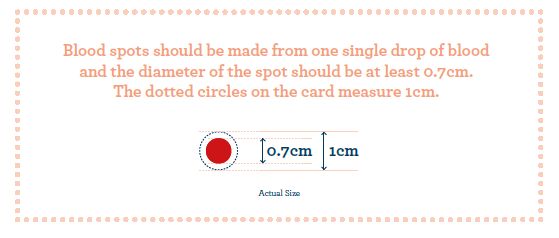Encouraging your child to manage their diet independently
Whilst it is important you support your child with their PKU management, it is vital to encourage independence from an early age. Involving your child in their own PKU management can help them understand why they must follow a low protein diet and take their protein substitute.
For individuals with PKU, protein is the nutrient which is most important as it is vital for growth. As the low protein diet for PKU is so restrictive, the protein substitute is essential as it provides all the amino acids (small units or building blocks) found in protein but no phe.
When you are teaching your child to recognise the difference between fruits and vegetables that are exchange-free and those that need to be counted in the diet, it may be an idea to use flashcards as a tool to help with this (flashcards are cards with information on both sides.
As well as cooking exchange-free fruits and vegetables, encouraging your child to cook with specially manufactured low protein foods is a great way to encourage their independence.
By now, you will be well used to the process of taking blood spots either with or for your child. As with the low protein diet and taking their protein substitute, it is best to encourage your child to gradually become independent in taking their own blood spots.
Having a good grasp on their low protein diet and low protein cooking from an early age can help your child stay on diet. Staying on diet will help to make sure your child stays healthy, grows normally and performs to their ability in school. Make sure to reinforce the benefits of staying on diet, including:


